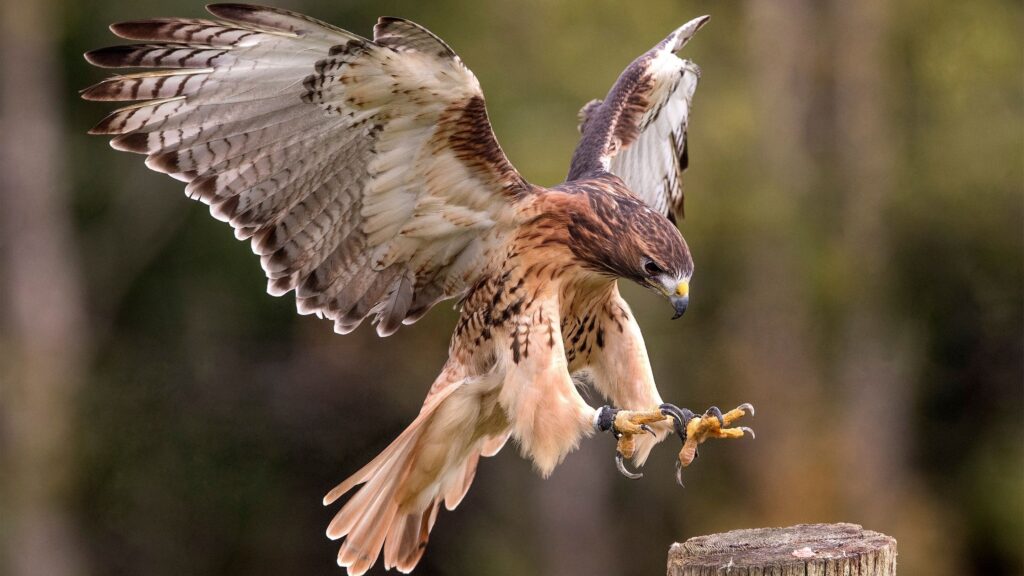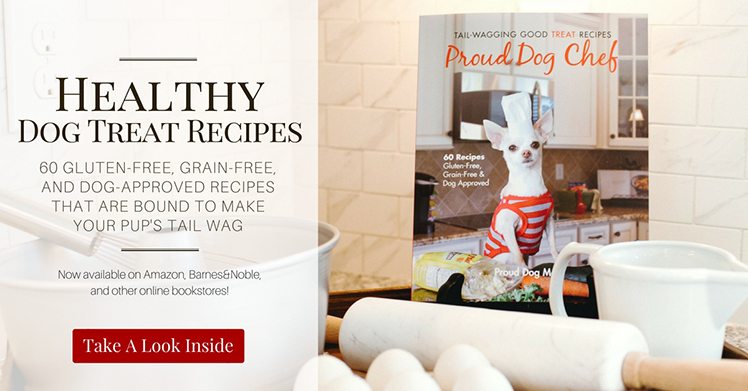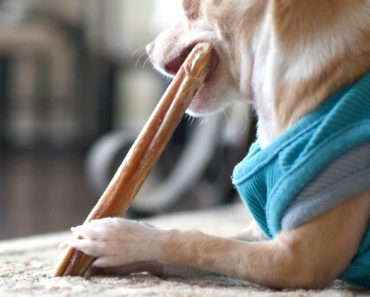Watching a hawk spread its wings and soar through the sky is a pretty incredible sight. But, for those of us with small dogs and other tiny pets, their majestic beauty can sometimes feel overshadowed. Because here’s the thing: While hawks and other birds of prey typically feast on large insects, reptiles, fish, smaller birds, and small mammals (like rodents and rabbits), they’ve been known to expand their menu to tiny pets. Yup – that includes little Fifi and Fido.
A quick Google search will reveal a handful of news pieces, sharing the horrific story of a family dog injured – and in some cases killed – by hawk attacks. In this article, we share some key facts about hawks and tips to protect your pups.
A Little About Hawks
Hawks are powerful birds with a build that’s ideal for hunting. Just take their feet, for example. Their feet feature sharp and curved talons, making it easy for them to grab and capture prey. Plus, they have strong, hooked beaks for biting and tearing flesh.
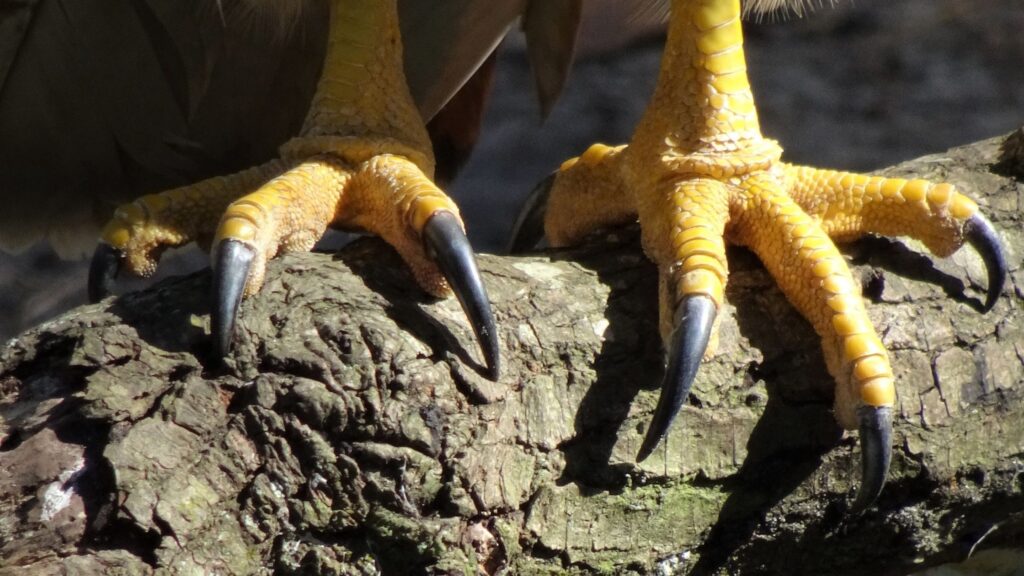
Some more quick facts:
- There are more than 200 species of hawks worldwide.
- Within the hawk species, females are generally larger than males.
- They are found on all continents, except Antarctica.
- Their lifespan is generally between 10-20 years in the wild, depending on the species.
- Some hawks can reach speeds of 150 mph when diving.
- Hawks have an excellent sense of hearing.
- They also have amazing eyesight. In fact, experts say their ability to see clearly is eight times greater than ours.
- Like humans, hawks can reportedly see colors. Experts say they can also see colors in the ultraviolet range, meaning they can perceive colors we cannot see.
- Hawks can catch prey both in the air and on the ground.
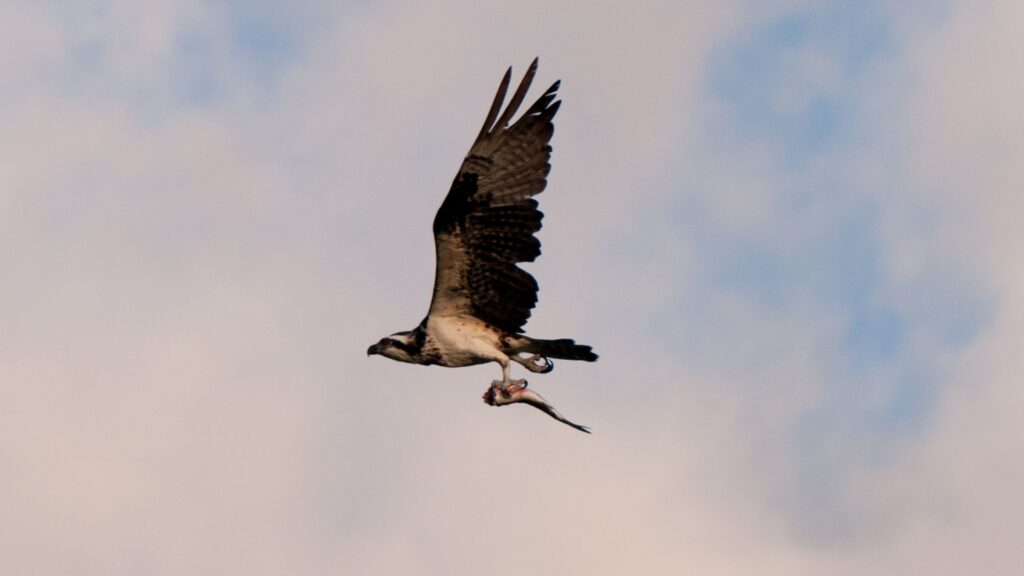
Can Hawks Carry Small Dogs?
It’s important to realize that hawks can’t carry off more than their own weight. Let’s put that into perspective … Large raptors can weigh up to approximately four pounds, while some other species of hawks only weigh in at one pound. That’s why young puppies and very tiny toy breeds are said to be at the greatest risk. (Plus, small cats, bunnies, Guinea pigs, and pet chickens.) But, that doesn’t mean hawks haven’t targeted dogs weighing more.
Remember: Hawks swoop down quickly and attempt to seize their target with sharp talons that are built for piercing and tearing. If a dog suffers from puncture wounds alone, that can still cause severe injury. Depending on where the dog is pierced (take the neck, for example), it could result in death.
Also, if a hawk attempts to lift a dog but can’t keep a hold of him, the drop could result in severe injury. Or, in some cases, death.
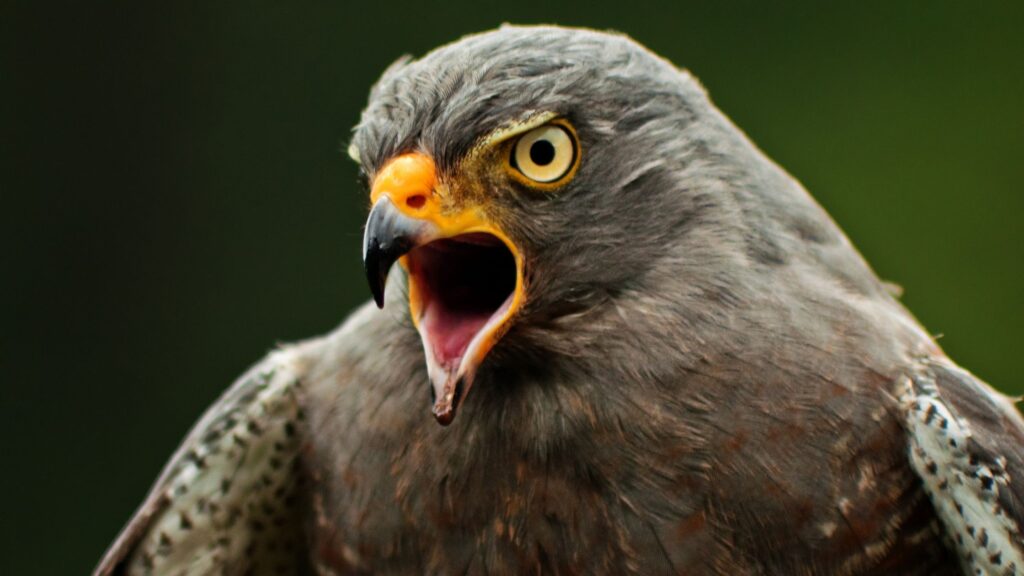
How to Protect Your Pup from Hawks (and Other Birds of Prey)
Supervise Your Dog at All Times
One of the best things you can do is be with your dog whenever he’s outside. That includes bright/sunny afternoons, along with early mornings/evenings when daylight is fading. With you standing by your pint-sized pup’s side, not only would you be there to grab your furry friend if you spot an unwanted visitor flying in the distance, but you’ll also act as a deterrent to the raptors. Hawks will rarely attack if a human is standing there. Some things to keep in mind:
- Do you live near a wooded area? Take a peek at the trees when walking your dog, as hawks are known to perch in branches while they scan for prey.
- Do you see a nest nearby? Hawks can get very protective of their territory. If you spot a hawk’s nest nearby, remain on high alert. Or, better yet, walk your dog somewhere else.
- Do you have an open backyard? It is easier for hawks to snatch prey from an open space, like a yard or field.
- What time of year is it? Some hawks migrate south during colder months. So, check the migration patterns for the type of hawks common in your area.
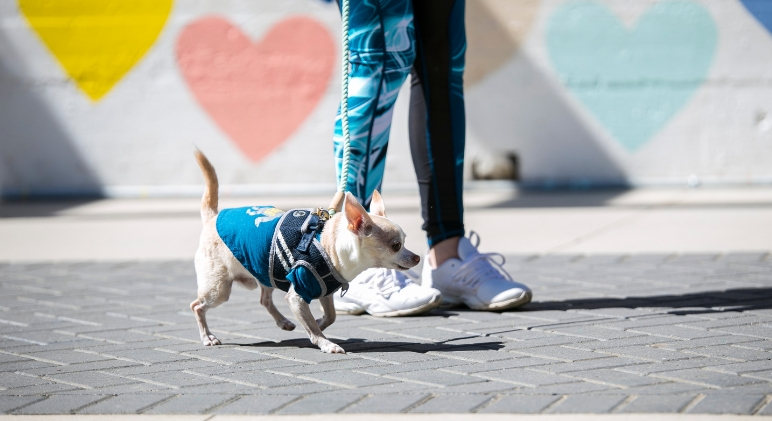
Feed Fido Inside
Always feed your dog indoors. When your canine companion is chowing down, he’s solely focused on the food in front of him. Not the potential predators around him. Plus, leftover pet food will attract other animals, like rodents, squirrels, and raccoons. These little animals then attract hunting birds of prey.
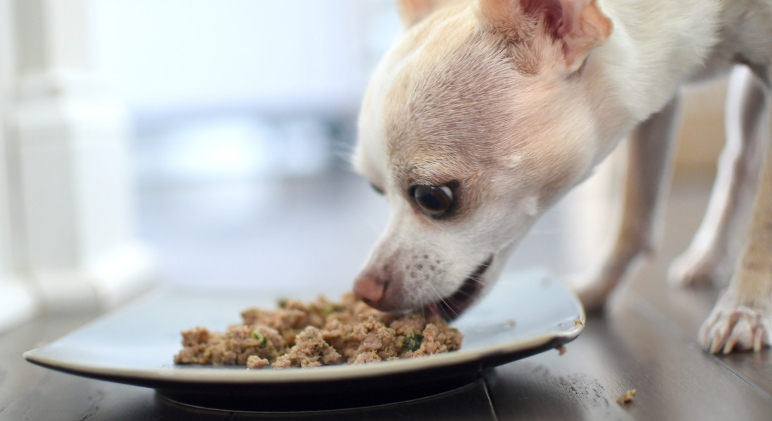
Avoid Bird Feeders
Bird feeders are meant to attract small birds. While it can certainly bring a smile to our faces to watch these little beauties fly free in our backyard, they can attract other little critters and hawks in search of a meal.
Tidy Up Your Yard
Tall grass, piles of pine needles, mounds of mulch, and bunches of leaves all provide hiding places for rodents, snakes, frogs, and other little critters that may serve as a food course for birds of prey. Keep your yard as clean as possible by keeping grass short, patching any holes in the ground that were caused by critters, pruning trees, etc.

Look Into Reflective Scare Tape
If you’ve been noticing hawks flying around and are looking for some extra protection then consider using some reflective scare tape. It’s made of an ultra-reflective material that shimmers and shines in the sunlight. The light bouncing in all directions is reportedly disorienting to unwanted birds. Plus, Scare Tape (like THIS) also creates a bizarre noise as it flaps in the wind, helping to deter birds.
Predator Vest
Do you enjoy doing outdoor activities with your furkid? Maybe your pooch enjoys the park or perhaps you let your furry friend roam around your fenced backyard as you garden (and your attention isn’t on the sky). In these cases, consider a puncture-resistant, talon-proof vest. I’m also a big fan of the brand Coyote Vest, which makes quality pet body armor. Check out their Hawk Vest HERE.
What to Do if a Hawk Swoops Into Your Yard
If you see a hawk in your yard, experts recommend trying to scare the bird away by running toward the area, waving your arms over your head, and making as much noise as possible. NOTE: Birds of prey are protected under the Migratory Bird Treaty Act. That means it’s illegal to capture, injure, or kill a hawk. You also can’t disturb a hawk’s nest or offspring. Pet parents could face fines or other penalties if they harm wild birds.

